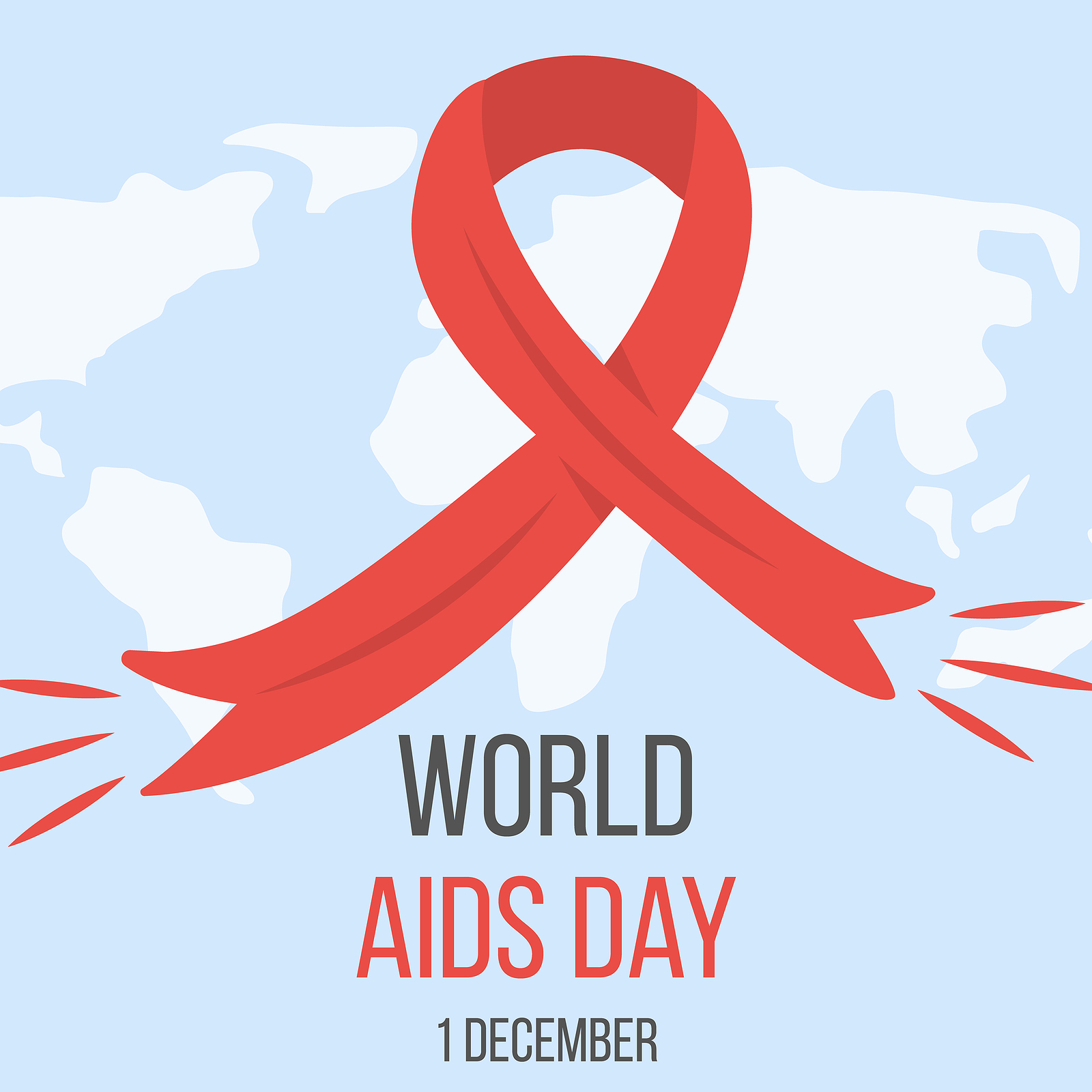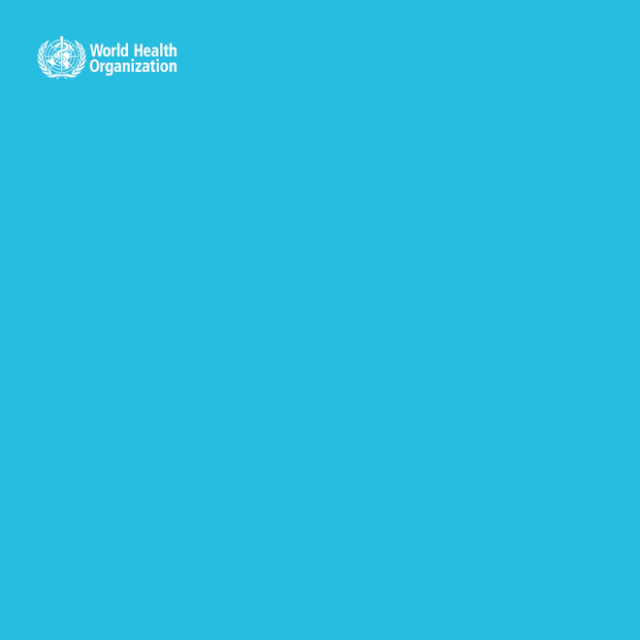publications
You can find my peer-reviewed publications below or on my Google Scholar page.
2024
-
 Third places and national contexts among Generation Z in a mobile game: Quantitatively examining third place characteristics and well-being of players from Brazil, China, and the United StatesKe Huang-Isherwood, and Jack Lipei TangFirst Monday, Dec 2024
Third places and national contexts among Generation Z in a mobile game: Quantitatively examining third place characteristics and well-being of players from Brazil, China, and the United StatesKe Huang-Isherwood, and Jack Lipei TangFirst Monday, Dec 2024Youth online engagement and well-being are especially important in emerging countries, but they tend to be understudied. Rather, the existing research tends to be more on the United States. This study examined third place theory of virtual spaces on individual-level well-being among the Generation Z from Brazil and China, especially comparing them to their U.S. counterparts. Well-being, both related to realizing your full potential and lowering psychopathology, is relevant to youth engagement in online spaces, because the spaces can help the youth express their true selves and engage in supportive online communities. The participants were players of a mobile video game whose three months of pre-survey gameplay data and survey data (N = 986) were analyzed. We compared countries on several third place characteristics, on well-being, and how the third place characteristics predicted well-being. We found that players from the three countries were significantly different in several third place characteristics (i.e., neutral ground, leveler, and conversation). Well-being was also higher among the Chinese players. Moreover, the leveler characteristic–commonality of game levels among players and their in-game friends–significantly predicted well-being. These findings from a mobile game help better understand youth online perceptions and behaviors in different countries, correlates to well-being, and contribute to the theory development of virtual third places and digital public spheres.
-
 Sympathy for the Devil: Serial mediation models for toxicity, community, and retentionMingxuan Liu, Jack Lipei Tang, and Dmitri WilliamsMedia and Communication, Sep 2024
Sympathy for the Devil: Serial mediation models for toxicity, community, and retentionMingxuan Liu, Jack Lipei Tang, and Dmitri WilliamsMedia and Communication, Sep 2024Disruptive behaviors in online gaming communities are a growing concern, affecting player experience, retention, and well-being. While previous research has primarily focused on the victims’ experiences, this study examines the psychological mechanisms underlying the attitudinal and behavioral responses to both encountering disruptive behaviors and being flagged for such behaviors, as well as the effects on retention. The study retrieved longitudinal telemetry records of player reporting and gameplay data from the North American server of a popular competitive PvP (Player vs. Player) multiplayer online game, coupled with a psychometric survey of a randomly selected sample of 1,217 players. Based on the Rejection-Disidentification Model, this research identifies a shared pathway for both reporting and being reported for disruptive behavior. Our findings support a serial mediation model where both experiences are linked to decreased player engagement. This reduced engagement, reflected in diminished participation in game battles over time, is mediated by perceived discrimination and a reduced sense of community. Moreover, drawing on the concept of procedural justice from the Group Engagement Model, the study delineates unique pathways for the disengagement process for reporters and those reported. Being flagged for disruptive behavior leads to a significant drop in sustained engagement through a decreased sense of community, which is not the case for reporting disruptive behavior. The paper concludes with a discussion of the theoretical and practical implications of these findings.
2023
-
 Policy communication in times of public health crisis: Longitudinal network analysis of U.S. politician-health agency interactions during the COVID-19 pandemicComputers in Human Behavior, Nov 2023
Policy communication in times of public health crisis: Longitudinal network analysis of U.S. politician-health agency interactions during the COVID-19 pandemicComputers in Human Behavior, Nov 2023Severe public crisis such COVID-19 pandemic entail coordinated communication between politicians and public health agencies. The study explores how and why U.S. politicians share messages from health agencies on social media during COVID. Proposing a multi-theoretical, multi-level (MTML) framework to understand the phenomenon, we draw upon the Advocacy Coalition Framework and Crisis and Emergency Risk Communication theory and conceptualize politicians’ public health communication as serving the dual functions of policy and risk communication. With bipartite longitudinal network modeling, our analysis finds a fragmented national message-sharing network deprived of central federal leadership and clustered around state-level actors such as local health agencies and state governors. The politicians’ party affiliation and positions on COVID-19 policies significantly impacted whether they would help distribute messages from public health agencies. Health agencies’ message features such as expression of certainty and use of analytical words also influenced politicians’ message sharing patterns. These findings suggest the pandemic communication is both a policy advocacy and a risk and crisis communication process. This integrated theoretical approach offers explanations of information sharing dynamics between politicians and health agencies, two major information sources for a wider public.
-
 Hybrid communicationJian Wang, and Jack Lipei TangIn A research agenda for public diplomacy, Jun 2023Book chapter
Hybrid communicationJian Wang, and Jack Lipei TangIn A research agenda for public diplomacy, Jun 2023Book chapterWhile the Covid-19 pandemic does not alter the fundamental dynamics already underway that are disrupting our thinking and practice concerning PD, it is poised to accelerate the change once the turbulence of the crisis simmers down. One aspect of the change is a hybrid future, where the various tools and platforms of PD will need to be overhauled to incorporate both live and digital elements in new and adaptive ways. This chapter seeks to explore the conceptual foundations for hybrid communication in the practice of PD. It examines the concept of hybridity in a range of disciplines and discusses their relevance and implications for the study and design of hybrid communication in terms of combining in-person and virtual communication in PD. The first section of the chapter captures the analytical threads in the studies of hybridity. It next examines the fundamental shifts in PD. It then puts forth key issues and challenges in understanding hybridity in PD in its conceptual grounding as well as from an empirical standpoint.
-
 Issue communication network dynamics in connective action: The role of non-political influencers and regular usersJack Lipei TangSocial Media + Society, Jun 2023
Issue communication network dynamics in connective action: The role of non-political influencers and regular usersJack Lipei TangSocial Media + Society, Jun 2023Social media influencers (SMIs) have prevailed in online communication networks and can play key roles in connective action. However, how influencers connectively drive activism communication network is less clear. This study conceptualizes issue influencers as users who emerge as influential nodes in shaping the communication network in a contentious political issue niche. A new typology of influencers is proposed based on both issue and platform influence. Drawing on connective action theory and SMI studies, this study employed a Stochastic Actor-Oriented Model to examine how structural (endogenous) processes and influencer-level (exogenous) characteristics explain the communication network dynamics among issue influencers based on 200,000 Weibo posts from approximately 150,000 unique users about a gender policy discussion in China. The results show reciprocity, closure triplets, and influencer-level attributes including issue stance and influencer status significantly drive the longitudinal activism communication network. This study suggests that, when political influencers are absent, non-political influencers and regular users can effectively lead a contentious communication network on a platform with increasing censorship and suppression.
-
 Demographic and HIV status diversities as mechanisms of social integration and segregation among Black sexual and gender minorities enrolled in a community-based social network interventionLindsay E. Young, Jack Lipei Tang, and John A. SchneiderSocial Networks, May 2023
Demographic and HIV status diversities as mechanisms of social integration and segregation among Black sexual and gender minorities enrolled in a community-based social network interventionLindsay E. Young, Jack Lipei Tang, and John A. SchneiderSocial Networks, May 2023Drawing on a social integration and intersectionality framework, this study advances a dynamic network un- derstanding of the mechanisms that enable differential patterns of within-group social integration and segre- gation among Black sexual and gender minorities (BSGM). Specifically, in a cohort of BSGM (18–35 years of age, n = 340) participating in a community-based network intervention for HIV prevention, we examine how sexual, gender, age, and HIV status diversities contribute to friendship formation and maintenance patterns over the 12- month study enrollment period. We found attenuated social integration (or social activity) among non-gay- identified and older BSGM and evidence of social segregation (or homophily) on the basis of sexual identity and age similarities. Accounting for the moderating effects of the intervention revealed that the attenuated integration of non-gay-identified and older BSGM were stronger for participants who received the peer leader- ship training, and integration challenges were also found for transgender BSGM who received the peer leadership training. Meanwhile, BSGM living with HIV who received the peer leadership training were significantly more integrated than their counterparts in the control arm. These findings help us understand the complicated social fabric among BSGM and the dynamics that interventions for this community may have to contend with or alter.
-
 Shipping on the edge: Negotiations of precariousness in a Chinese real-person shipping fandom communityJack Lipei TangInternational Journal of Cultural Studies, Mar 2023
Shipping on the edge: Negotiations of precariousness in a Chinese real-person shipping fandom communityJack Lipei TangInternational Journal of Cultural Studies, Mar 2023The fandom community has been one of the most engaging and active segments in the global participatory culture. However, fans face multilevel and intertwined constraints from various social forces while seeking pleasure and fantasies. This study zooms in on a real-person shipping fan community in China where shippers are doubly marginalized as they fantasize about two male idols being in a romantic relationship in a society with both the derogative projection of fans and low levels of acceptance of same-sex relationships. Relying on a mixed-methods approach, this study found that the radical and disruptive practices are the results of tactical and calculative negotiations in relation to political, social, and technological risks while being driven by pleasure-seeking. I call these practices precarious shipping. The contextualized understanding of the fandom community emphasizes the importance of realizing the local tensions that are rarely addressed in previous literature that focuses on Western fandom.
2022
-
 Social network dynamics, bots, and community-based online misinformation spread: Lessons from anti-refugee and COVID-19 misinformation casesThe Information Society, Nov 2022
Social network dynamics, bots, and community-based online misinformation spread: Lessons from anti-refugee and COVID-19 misinformation casesThe Information Society, Nov 2022Networked social influence and strategic information manipulation are two social mechanisms fueling misinformation spread in online communities. However, it is unclear how these two mechanisms differ in their impacts. We conducted social network analyses on two online communities sharing misinformation concerning refugees in 2016 and COVID-19 in 2020. The results robustly showed that online misinformation spread is transitive and positively associated with members’ embedded authority (i.e., the extent to which members’ information is exclusively shared within the focal community). At the same time, strategic misinformation sharing by members of high community loyalty (i.e., targeted information sharing within the community) is less likely to gain momentum. The impact of bots on misinformation is contingent. Findings suggest that networked social influence is a more powerful driver of misinformation spread than strategic information manipulation.
-
 Social media communication and network correlates of HIV infection and transmission risks among black sexual minority men: Cross-sectional digital epidemiology studyLindsay E. Young, Jack Lipei Tang, and Yuanfeixue NanJMIR Formative Research, Oct 2022
Social media communication and network correlates of HIV infection and transmission risks among black sexual minority men: Cross-sectional digital epidemiology studyLindsay E. Young, Jack Lipei Tang, and Yuanfeixue NanJMIR Formative Research, Oct 2022Background: In the United States, HIV disproportionately affects Black cisgender sexual minority men (BSMM). Although epidemiological and behavioral surveillance are integral to identifying BSMM at risk of HIV infection and transmission, overreliance on self-reported data, inability to observe social contexts, and neglect of populations with limited engagement in health care systems limits their effectiveness. Digital epidemiological approaches drawing on social media data offer an opportunity to overcome these limitations by passively observing in organic settings activities, beliefs, behaviors, and moods that indicate health risks but are otherwise challenging to capture. Objective: The primary aim of this study was to determine whether features of Facebook communication and networks were associated with biological, behavioral, and psychological indicators of HIV infection and transmission risk. Methods: Facebook and survey data were collected from BSMM aged 18 to 35 years living in Chicago (N=310). Participants’ Facebook posts were characterized using 4 culturally tailored topic dictionaries related to aspects of HIV protection and risk among BSMM (sexual health; substance use; sex behavior; and ballroom culture, a salient subculture in lesbian, gay, bisexual, transgender, and queer communities of color). Social network methods were used to capture structural features of BSMM’s Facebook friendships (centrality, brokerage, and local clustering) and Facebook group affiliations. Multivariable regressions revealed relationships between these Facebook features and 5 ground truth indicators of HIV infection and transmission risk (sexually transmitted infection incidence, condomless sex, sex drug use, biomedical prevention, and depression). Results: Although analysis of participants’ Facebook posts revealed that HIV-related topics occupied a small portion of the total messages posted by each participant, significant associations were found between the following HIV risk indicators and Facebook features: Condomless sex, including communication about sexual health (odds ratio [OR] 1.58, 95% CI 1.09-2.29), ballroom culture (OR 0.76, 95% CI 0.63-0.93), and friendship centrality (OR 0.69, 95% CI 0.52-0.92); Sex drug use, including communication about substance use (OR 1.81, 95% CI 1.17-2.79) and friendship centrality (OR 0.73, 95% CI 0.55-0.96) and brokerage (OR 0.71, 95% CI 0.51-0.99); Biomedical prevention, including communication about ballroom culture (OR 0.06, 95% CI 0.01-0.71); and Depression, including communication about sexual health (β=–0.72, 95% CI −1.42 to −0.02), ballroom culture (β=.80, 95% CI 0.27-1.34), friendship centrality (β=−0.90, 95% CI −1.60 to −0.21), and Facebook group affiliations (β=.84, 95% CI 0.25-1.43). Facebook features provided no significant explanatory value for sexually transmitted infection incidence. Conclusions: FindinginnovativestrategiestodetectBSMMatriskofcontractingortransmittingHIViscriticaltoeliminating HIV disparities in this community. The findings suggest that social media data enable passive observance of social and communicative contexts that would otherwise go undetected using traditional HIV surveillance methods. As such, social media data are promising complements to more traditional data sources.
-
 Are you getting Likes as anticipated? Untangling the relationship between received Likes, social support from friends, and mental health via expectancy violation theoryJack Lipei TangJournal of Broadcasting & Electronic Media, Jun 2022
Are you getting Likes as anticipated? Untangling the relationship between received Likes, social support from friends, and mental health via expectancy violation theoryJack Lipei TangJournal of Broadcasting & Electronic Media, Jun 2022There is a pressing need to understand whether using social media might be linked to mental health and if yes, how. The findings of this study (N = 475) show that individuals who received more Likes on social media posts reported more friend support. However, what matters to mental health is the level of expec- tancy violation of the number of received Likes. The two dimensions of expectancy violation of receiving Likes (number vs. responder) have different effects on the outcome variables. Theoretical and practical implications about how social media influences friend support and mental health for young adults are discussed.
-
 A trade war with or without Trump: Actual topical knowledge as a moderator of question wording effect on survey responsesGabriel Miao Li, and Jack Lipei TangInternational Journal of Communication, Apr 2022
A trade war with or without Trump: Actual topical knowledge as a moderator of question wording effect on survey responsesGabriel Miao Li, and Jack Lipei TangInternational Journal of Communication, Apr 2022It is a platitude of communication and public opinion research that responses to survey questions to a great extent depend on the words used in those questions. This idea, however, was not always well supported in empirical studies. We argue that the inconsistent findings from prior research might stem from the fact that different groups of individuals have varying sensitivity to the influences of question wording variations. With an online survey experiment testing participants’ attitudes toward the foreign trade disputes under the Trump administration, we found that the impact of changes in question wording on inducing different responses was moderated by participants’ actual topical knowledge. Referring to the issue as “Trump’s trade war” significantly reduced its favorability compared to describing it as “the trade war” without mentioning Trump, but only among participants who were unknowledgeable about tariffs and international trade issues. The normative implications of attaching political and partisan cues to polling questions were discussed.
2020
-
 Understanding investment culture: Ideologies of financialization and Hong Kong young people’s lay theories of investmentJack Lipei Tang, and Francis L. F. LeeConsumption Markets & Culture, Apr 2022
Understanding investment culture: Ideologies of financialization and Hong Kong young people’s lay theories of investmentJack Lipei Tang, and Francis L. F. LeeConsumption Markets & Culture, Apr 2022Echoing calls for research on the complex ways various factors intersect with the formation of financial subjectivities in specific places (Lai, K. P. Y. 2013. “The Lehman Minibonds Crisis and Financialisation of Investor Subjects in Singapore: The Lehman Minibonds Crisis.” Area 45 (3): 273–282), this study examines how young people in the highly financialized Hong Kong society negotiate with the ideologies of financialization and develop lay theories of investment. Analyses of focus group discussions show that young people consider financial investment as important. They hold an image of the ideal investor but tend to distance themselves from it. The result is a preference for “low risk” investment. When further articulated with other cultural beliefs, many of them see domestic properties as the most preferable investment option despite the skyrocketing prices. Beyond Hong Kong, the analysis shows how local responses to financialization and, more generally, aspects of a society’s investment culture can be understood as the result of people selectively articulating the ideologies of financialization with basic economic concepts and existing cultural beliefs.
